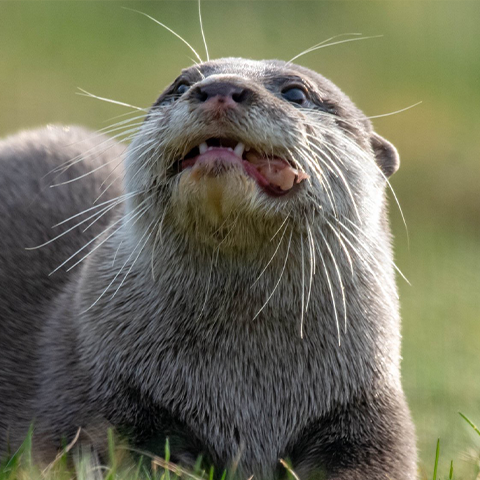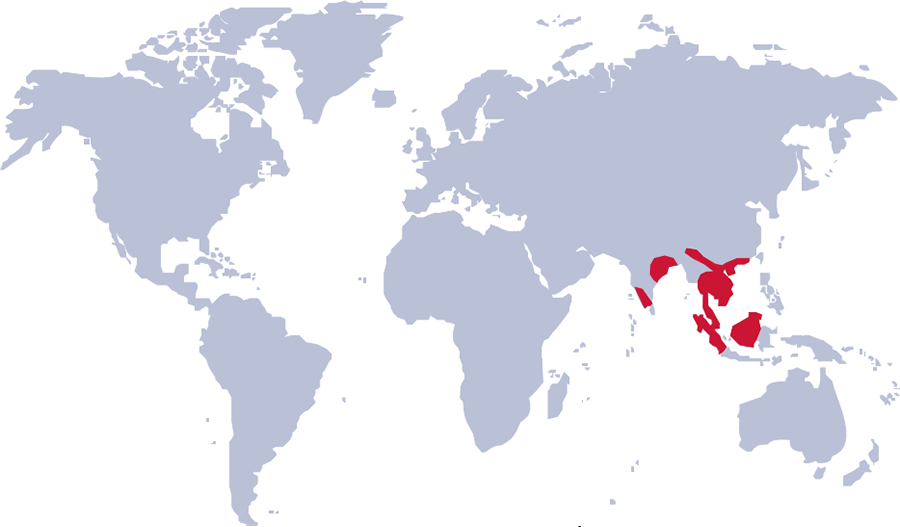
Asian small-clawed otter
Southern India and China with some southern Asian islands including Java and Borneo.

Habitat
Found in a wide range of habitats including both fresh water and marine environments, from forests to coastal areas or stagnant slow flowing rivers to fast flowing streams.
Our Otters
Our two otters came from another UK collection. The biggest is the male called Brian. You will see Brian has cloudy eyes. This is caused by cataracts and mean that he is blind. The other smaller otter Pebbles, is Brian’s sister. Pebbles doesn’t have problems with her vision meaning Brian tends to follow her about (normal small-clawed otter behavior).
She has been seen stopping Brian from reaching the pond by lying in front of him.
factfile
- Seriously threatened by habitat destruction, hunting and pollution.
- Their ears are small and rounded with a valve-like structure which closes when swimming underwater.
- They only have partially webbed paws, which distinguishes them from all other otters, but this gives them a great sense of touch.
- After swimming, these otters dry themselves by rolling around on the ground or rubbing their coat in long grass.
These are the smallest species of otter in the world. They have long and strong flexible tails to help swim at high speeds in order to catch fish.

